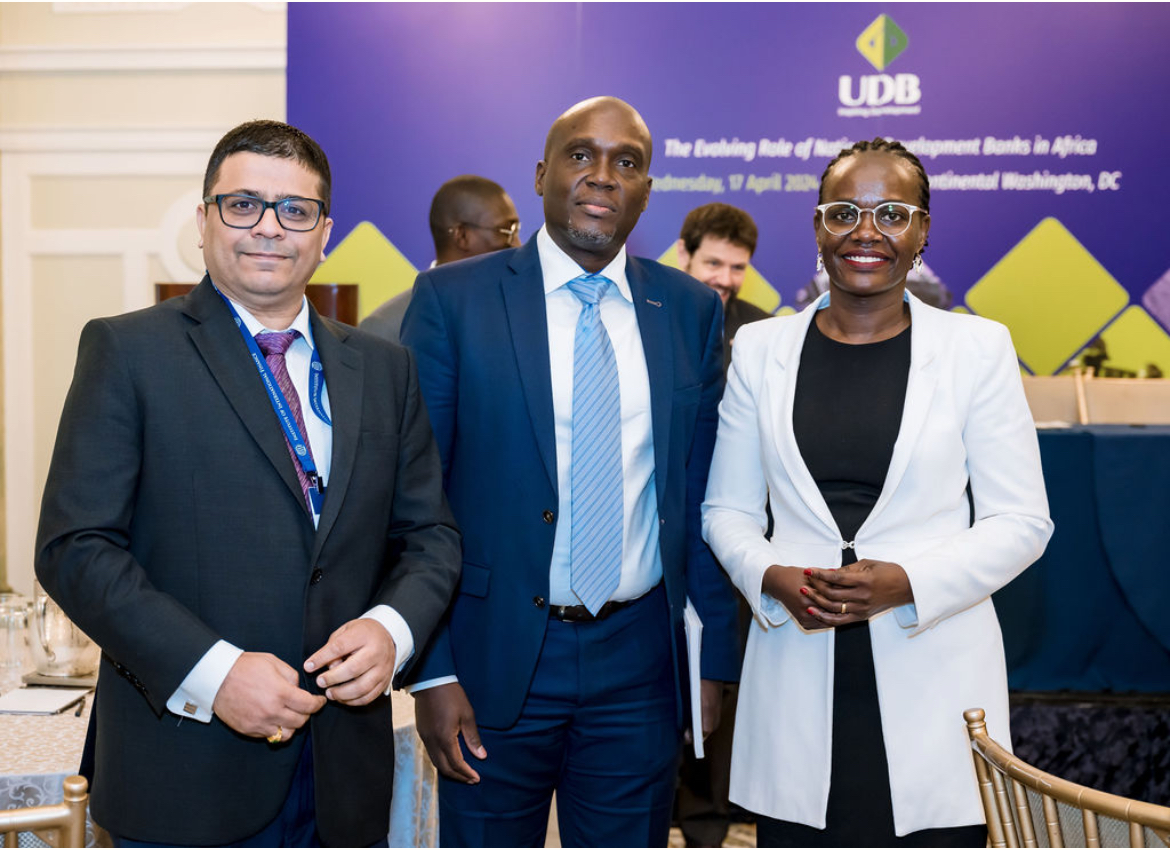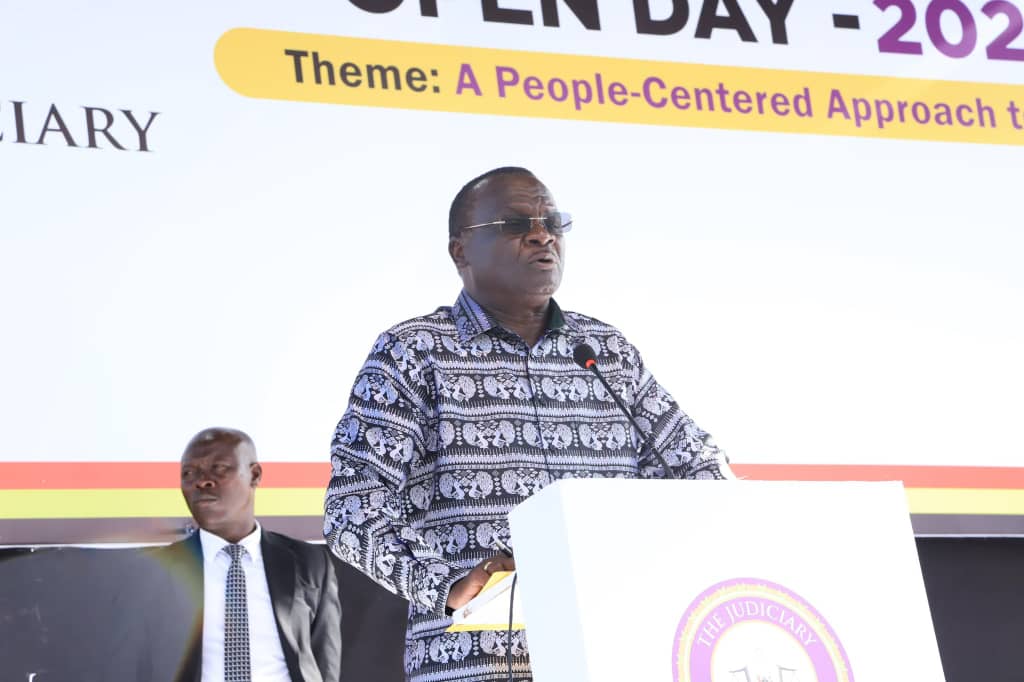Uganda’s GDP growth slows to 4.9% as import taxes decelerate, says new report
Uganda’s real GDP expanded 4.9% in the second quarter of the year, marginally weaker than the previous quarter’s 5.1%, following a marked moderation in import taxes, according to the SSA Macroeconomics Research Instant Insights Report released by Absa Group.
Remarkably, all major sectors showed improved growth from the previous quarter, but the deterioration in taxes & subsidies overshadowed these performances.
Keep Reading
“Taxes and subsidies rose by 0.7% in the second quarter compared with the 21.8% increase in the first quarter of 2022 and the 48.4% surge in the second quarter of the previous year (Q2, 2021). Uganda Bureau of Statistics (UBOS) provided no detailed explanation but did attribute the muted rise to import duties. And while there are likely to be other factors at play such as volume effects, the strong base effects also contributed to the marked slowdown in the pace of growth in import taxes,” said Ridle Markus, Absa Corporate and Investment Banking Macro Economist, Sub-Saharan Africa.
Data from the report indicates a 9% growth in agricultural production during the second quarter of 2022, attributed to an increase in food crop growing activities.
Output in the services sector grew 2.6% in Q2, up from 1.7% in Q1 as information & communication, finance, administrative & support services, public administration, and health – all delivered improved performances from the prior quarter.
“After averaging growth of 5% in the first half of 2022, we expect the pace of growth to slow in the second half as households navigate a higher inflation and lending rates environment. We expect inflation to rise further, peaking only in the first quarter of 2023, while further policy rate hikes of at least another 150bp remain likely, in our view. Households will have to navigate a high inflation and lending rates environment, which will impact their purchasing power and increase the cost of credit. Sentiment indicators suggest that economic activity is likely to have slowed in the third quarter, with the Business Tendency Index declining in the first two months of Q3 to 52.8 in August from 58.4 in June as businesses became less optimistic about the economic outlook,” Ridle said.
Headline inflation accelerated to 10.0% year on year in September, while core inflation drifted further away from the central bank’s 5% target, surging to 8.1%. T
he Bank of Uganda (BoU) has in turn raised the policy rate by a cumulative 350bp year-to-date to stem inflationary pressures.
According to the report, higher borrowing costs are already impacting the supply and demand of credit, with private sector credit extension slowing to 8.8% in July, following a 2022 peak of 9.7% in May.
“While the PMI posted a recovery in September, it averaged 50.1 for the third quarter, lower than the second quarter’s 52.1 average. This supports our view that the pace of GDP growth is likely to have slowed further in Q3. Also concerning is that despite the recovery in the PMI in September, firms reported a further reduction in staff levels – a negative for household consumption,” Ridle added.
While agriculture output in the first half of 2022 was better than in the first half of 2021, adverse weather conditions remain a concern.
According to Reliefweb, bimodal areas in Uganda have received some rainfall since late July, which prompted early planting for the second season. However, cumulative rainfall has remained below average.
They further reported that some parts of the country experienced heavy rainfall, with over 12,000 people affected by floods and landslides.
There is also a rising concern of another below-average rainy season from September to November, which could constrain crop and livestock production and be a drag on growth.
“Looking ahead, we expect economic growth to average 4.3% for the full year compared to 2021’s 6.0%, 0.3 percentage points lower than our previous forecast. Our estimate is marginally lower than the IMF’s 4.4% forecast, but higher than the BoU’s 2.5-3.0% projection. The growth outlook remains highly uncertain and fraught with downside risks stemming from slowing global growth, tighter financial conditions and adverse weather conditions,” Ridle concluded.














